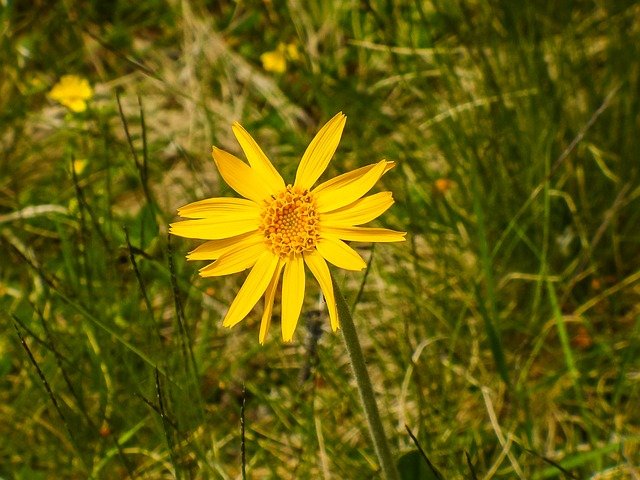
Arnica ( Arnica montana ) is a plant of the Asteraceae family that has always been used for disorders related to the skin system and the osteoarticular system. The name Arnica, of Greek origin, could mean sneezing (due to the smell of the plant), or lambskin, referring to the texture of the leaves of the plant. Let’s find out the characteristics and side effects of arnica.
Arnica: characteristics and properties
Arnica is a small plant that grows in poor soils at an altitude between 500 and 2000 meters above sea level. Herbaceous perennial, with an erect and not very branched stem, the arnica has lanceolate leaves, yellow-orange flower heads from whose dried flowers the drug is obtained.
Arnica is a plant with anti-inflammatory, antimicrobial, antineuralgic, anti-traumatic and analgesic properties. It is, in fact, used in case of bruises and bruises, muscle strains and joint pain. In addition, it is also used in case of insect bites and mild skin inflammations.
The side effects of Arnica

If ingested, undiluted tincture can cause tachycardia, enteritis and even cardiovascular collapse. Due to these properties, this plant was once used as a poison.
Countermeasures for accidental ingestion include ingesting charcoal to absorb traces of toxins in the intestine and ingesting liquids to dilute the concentration. However, there are no known antidotes






